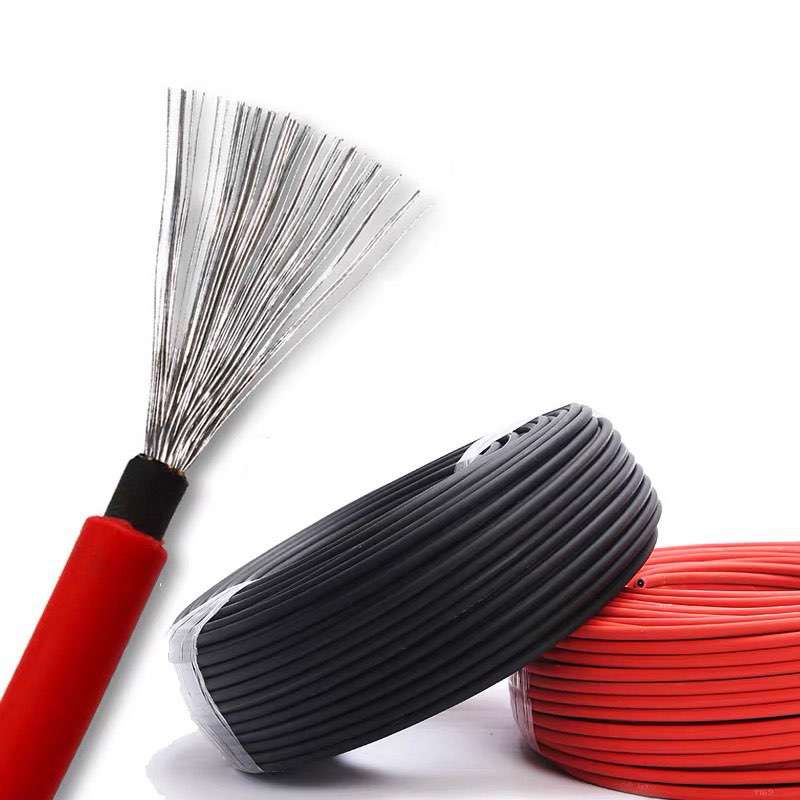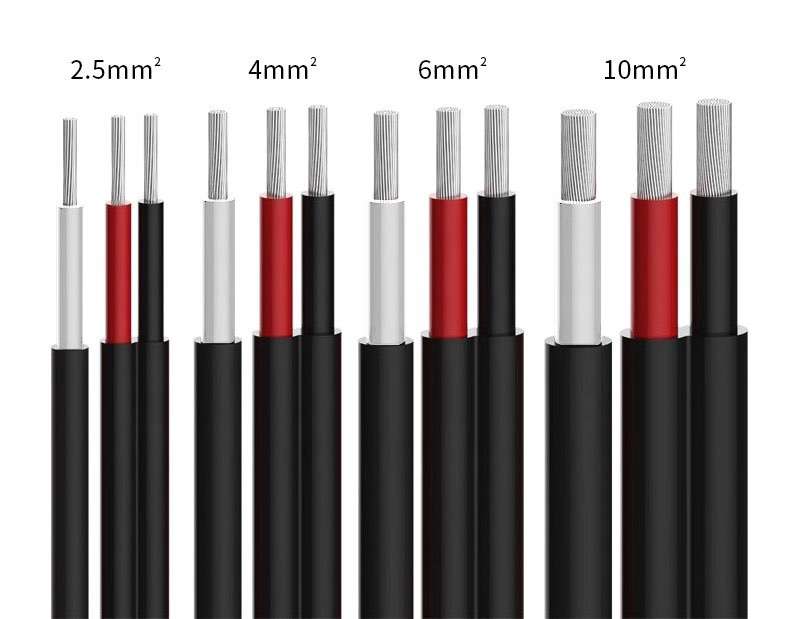 Author: Joey Wan
Author: Joey Wan  January 29,2021
January 29,2021
The solar PV cable irradiation refers to a catalytic method for the cross-linking of cable insulation materials, such as warm water cross-linking, peroxide crosslinking, and others. Radiation cross-linking belongs to physical cross-linking, and the advantages are large current carrying capacity and large insulation resistance, good insulation performance, environmental protection of the cable, safer to use, and long life. In order to save costs, some companies have omitted the link of cable irradiation. How should we distinguish whether solar PV cables on the market are irradiated?

Visual inspection: Check whether the surface of the product is dirty, whether the outer skin is scratched, bumped, or blistered, and whether the conductor shrinks after the cable is cut.
Uniformity inspection: Heat with an electric soldering iron or alcohol lamp to observe whether the temperature resistance of the solar PV cable sheath is uniform.
Scrape with fingers: The surface of the solar PV cable without irradiation is bright, and there will be no traces when you scratch it with your fingernail. After irradiating, the surface is a bit rough, and there will be whitish marks if you scratch it with your fingernail.
Skin burn method: After heating with an electric soldering iron, burn it on the wire. The solar PV cable contacts will be hot immediately before irradiation, and there will only be a small mark on the wire contact points after irradiation.
Flame barbecue method: The insulation layer of the cable is still relatively complete after burning for a long time, and there is no heavy smoke and pungent smell. It is a solar PV cable that has been irradiated.
Hot water immersion method: immerse the core or cable in hot water at 90°C. Under normal circumstances, the insulation resistance will not drop rapidly and remain above 0.1MΩ/Km. If the insulation resistance drops rapidly or even lower than 0.009MΩ/Km, it means that it has not been treated by suitable radiation crosslinking process.
Density comparison method: The density of low-smoke and halogen-free materials is higher than that of water. You can peel off a little insulation layer of solar PV cable and put it in water. If it floats above the water, it is definitely not a low-smoke, halogen-free material.

JZD cable manufacturer provides irradiated solar PV cable and has won a good reputation. Welcome to contact us for more information and about our cables.
